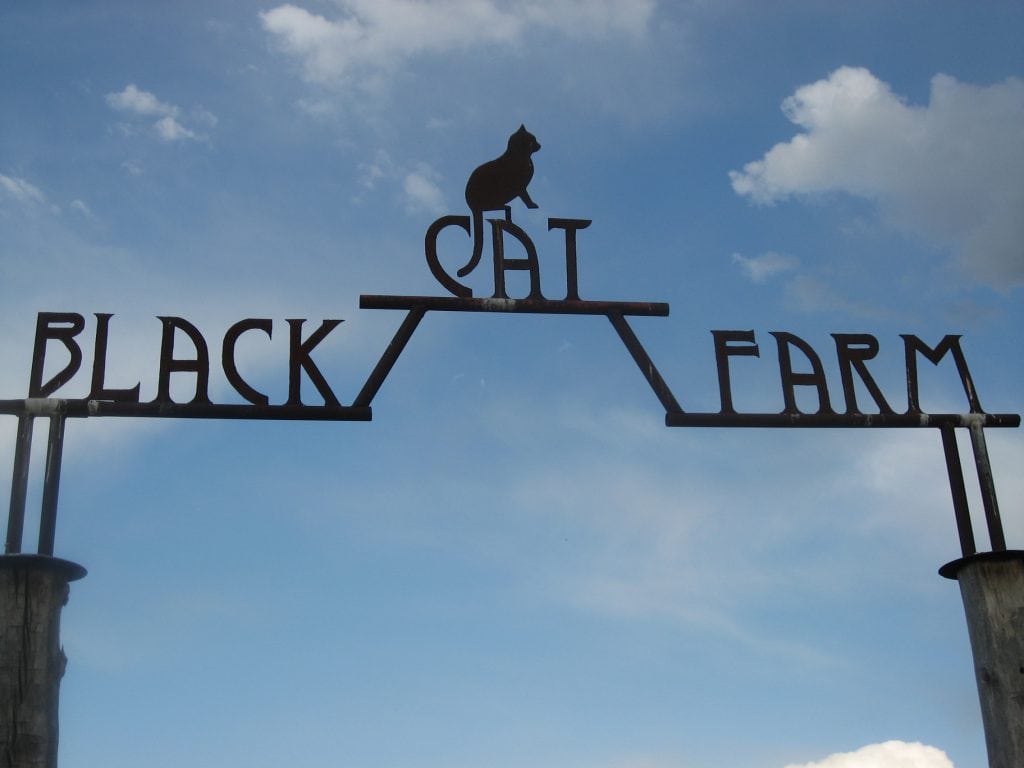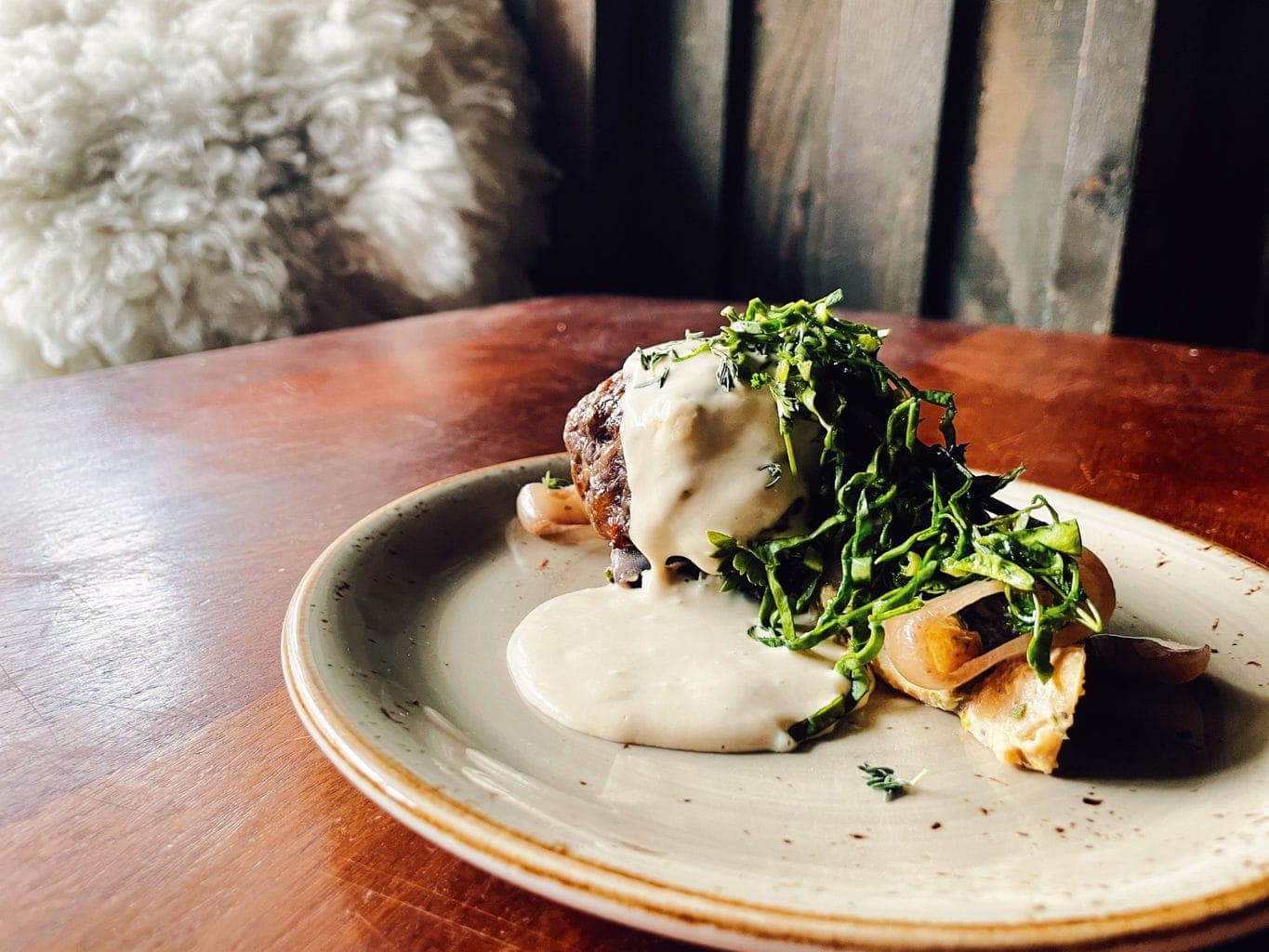
Union Station Farmers Market
We can’t say enough good things about the Union Station Farmers Market (located at the Union Station transportation hub in downtown Denver, 1701 Wynkoop street). From 9am to 2pm, we keep meeting inquisitive new customers who want to learn more about the origins of their food, how farmers’ markets work, and our restaurants. What’s not to love about that kind of interest?
Black Cat Farm market produce
- Beets
- Broccoli
- Collard greens, Asian
- Coriander seeds, green
- Fava beans, young
- Field greens salad mix
- Kale
- Onions, fresh
- Osaka shirona cabbage
- Peas, sugar snap
- Purslane
- Spicy mustard mix
- Squash blossoms
- Summer squash
- Swiss chard
Bacon, Black Cat Farm polenta, cornbread mix made with the polenta, breakfast sausage, chorizo, and pork cuts will also be available at both markets.
Prepared food
We will also offer the following Black Cat Bistro frozen cooked dishes made with Black Cat Farm heritage pork:
- Bacon marmalade: Our plum wood-smoked Mulefoot bacon cooked with shallots, sherry vinegar, brown sugar and spices.
- Black pudding: A traditional sausage that uses blood, onion, garlic, egg and spices. Eric altered it from the norm by adding cherries poached in red wine to make it more approachable.
- Bolognese sauce: Classic Italian meat-based sauce originating from the city of Bologna, Italy. Often served with pasta.
- Porchetta di testa: A traditional Italian salumi made from the meat from a pig’s head. It is brined, then spiced and rolled followed by a long poaching. Shaved paper thin, it is a delight.
- Pork green chile: A Colorado staple made according to Eric’s recipe with smoked pork and green tomatoes.
- Pork rillettes: A spread made with pork that is similar to pate.
Fava bean hummus
Eric couldn’t talk enough about our young fava beans at last Saturday’s Boulder market. It’s one of the many highlights of our farming season. He loves them and so do we.
After explaining how to roast them (toss in oil and salt, grill or broil until tender, freshen with lemon juice when finished), he talked about making fava bean hummus the next day with the leftovers.
We currently have a bumper crop of young fava beans. We suggest you buy a larger quantity than you usually do to satisfy your appetite for roasted young fava beans and have enough leftover roasted ones to make the following hummus.
To make roasted fava bean hummus:
- Roughly chop leftover roasted young fava beans into a few pieces.
- Add fava beans, small quantity of sesame seed oil (toasted or untoasted, and a tablespoon of water to a blender or food processor.
- Puree until smooth. Add lemon or lime juice and salt to taste.
Optional additions/substitutions: Roasted or sauteed garlic, olive oil instead of sesame seed oil for a creamy hummus
Green coriander seeds
One good thing about having a farm is being able to grow and harvest the unique ingredients that fulfill our chef-centric view. One of those ingredients are green coriander seeds.
A rare switch hitter, cilantro doubles as a herb when younger and a spice when let to go to seed. (The seeds are known as coriander. ) Green coriander seeds are the newly harvested seeds before they dry.
Pickled green coriander seeds
You can pickle green coriander seeds, a condiment that adds sparkle and flare in the same way that capers do but with a completely different flavor profile. At the restaurants, we add them to salumi platters and sprinkle them on the surface of chilled soups, such as our cold curried carrot soup, as a tart and lively accent. We also use them to make homemade relishes like our roasted beet relish. Once pickled, they will last indefinitely stored in your refrigerator.
To pickle green coriander seeds:
- For a cup of green coriander seeds, pour a cup of the vinegar of your choice (we like white wine vinegar) into a small sauce pan. Add salt to taste.
- Over high heat, bring the vinegar to a boil and add the green coriander seeds. Remove the sauce pan from the heat and let stand until the vinegar mixture is cool.
Roasted beet relish
Once you have pickled green coriander seeds, you can make the following roasted beet relish. This relish is good with meats, particularly roast beef, and grilled cheese sandwiches among other uses.
To make roasted beet relish:
- In a bowl with 2 cups of finely diced roasted beets, add one tablespoon of pickled green coriander seeds and 2 tablespoons of mustard.
- Mix together all ingredients and salt to taste.
